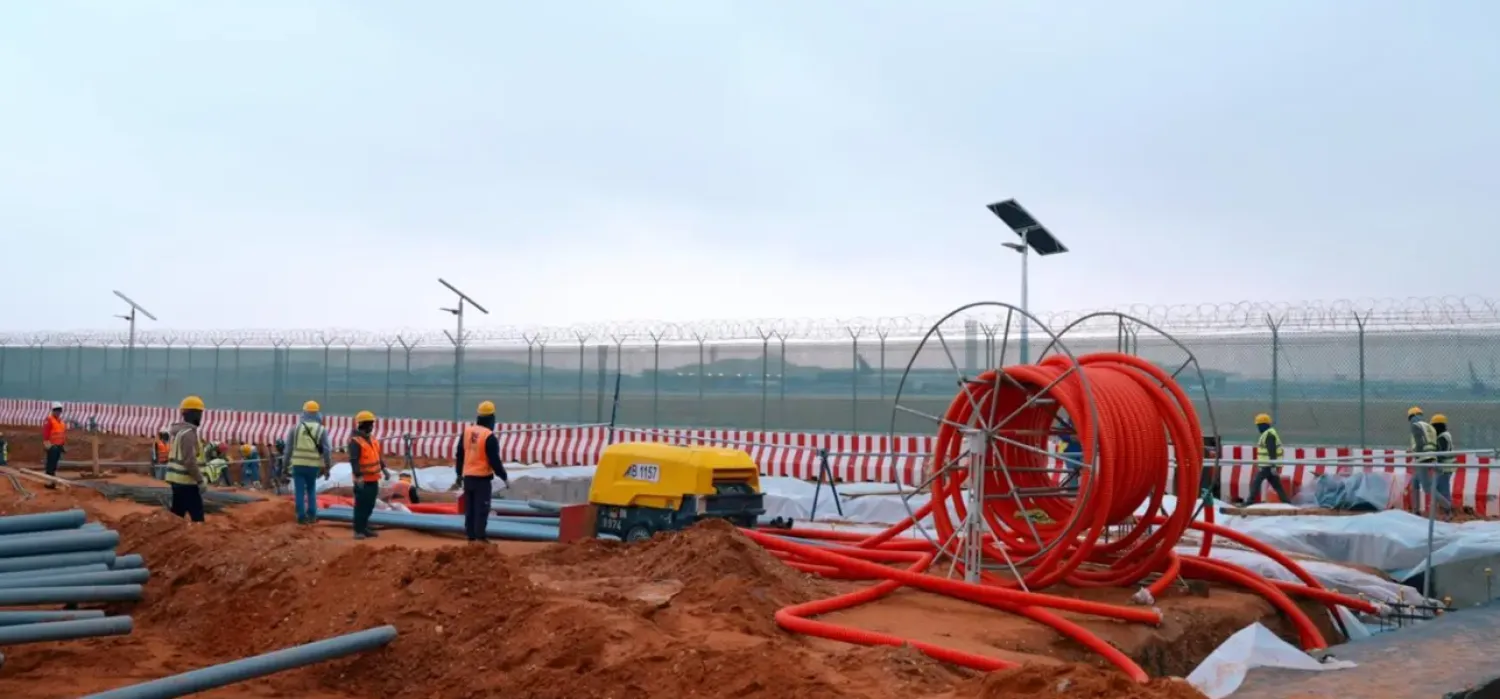Iraq has inked a fresh agreement with Iran to import gas for electricity generation, sparking criticism over its economic vulnerability. However, officials believe Iraq could eventually produce enough oil and gas domestically.
The deal keeps Iraq among the top spenders globally on energy subsidies, with $25 billion spent yearly, including $6 billion on Iranian gas.
The Ministry of Electricity announced Minister Ziyad Ali Fadel’s signing of a five-year contract with Iran for gas supply, aiming to meet electricity demand.
Gas imports from Iran began eight years ago, but delays often disrupt supply during summers, causing energy production to drop and sparking public protests.
Iraq imports gas through pipelines from Iran, mainly to power stations across the country.
The deal aims to sustain electricity production until Iraq’s own gas fields are fully operational.
Iraq faces challenges repaying its $11 billion debt for Iranian gas imports due to US sanctions against Iran. The US has granted Baghdad exemptions in the past, with the latest in March.
Iraq’s repayment of its debts to Iran relies on Tehran nominating companies to buy refined products from Iraqi refineries.
This workaround is due to US sanctions preventing direct sales to Iran, explains Nabil Al-Mirsoumi, an economics professor at the University of Basra.
Asim Jihad, spokesman for Iraq’s Oil Ministry, revealed that the recent 50-million-cubic-meter gas contract with Iran covers about 40% of Iraq's gas needs.
Jihad added that Iraq currently produces 1.5 billion standard cubic feet of gas, meeting 60% of its requirements.
Jihad defended Iraq’s gas production, stating it’s mainly associated with oil extraction and could increase with higher oil output.
Importing gas from Iran benefits Iraq due to proximity and lower transportation costs, Jihad noted.
Iraq aims for gas self-sufficiency soon, with recent oil ministry contracts and initiatives to utilize gas from oil fields for electricity generation.
In February 2023, Prime Minister Mohammed Al-Sudani announced his aim for gas self-sufficiency within three years.
Additionally, Iraq’s Oil Ministry signed agreements with Siemens Energy and Schlumberger to stop gas flaring from oil fields and use it for electricity.









